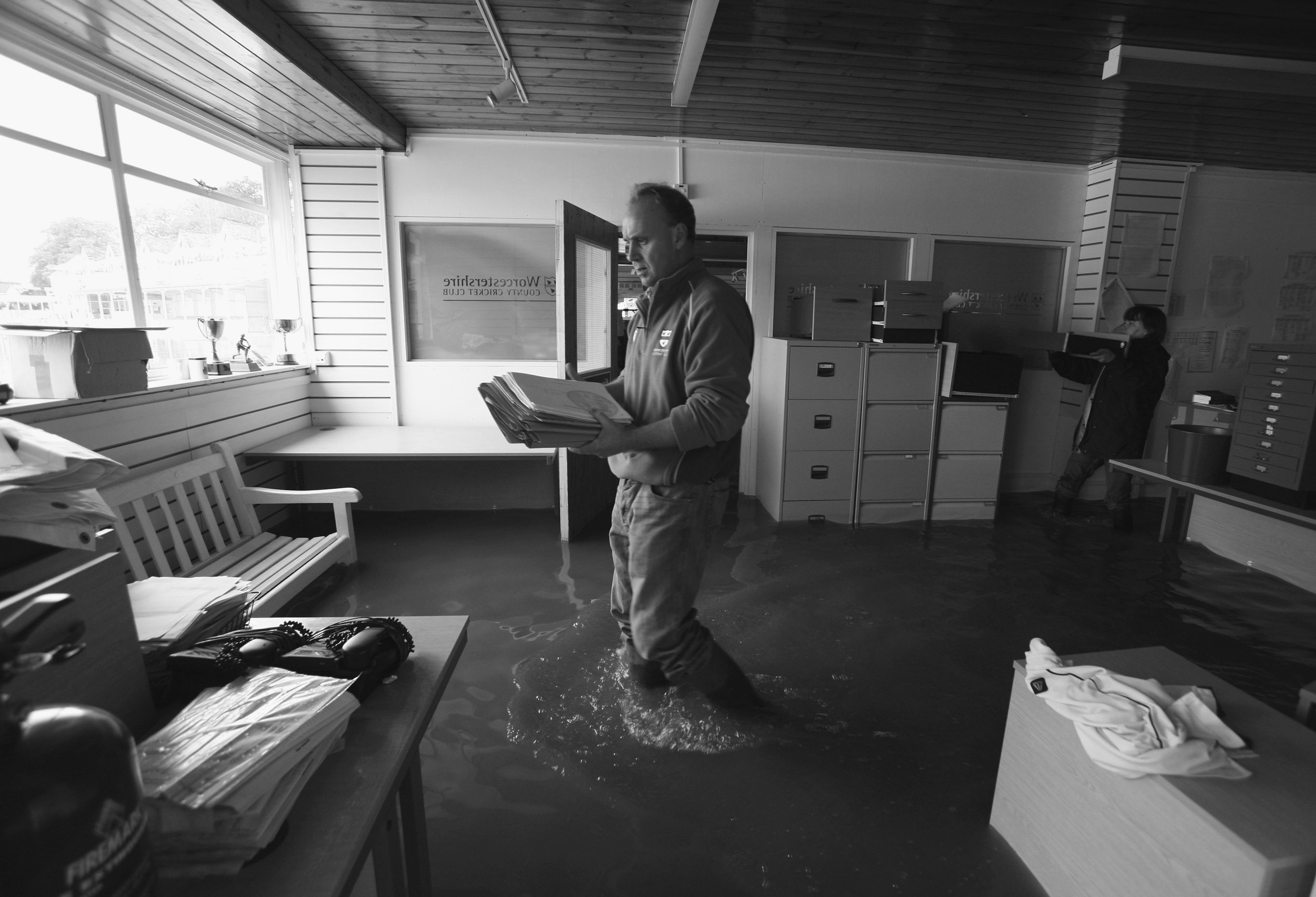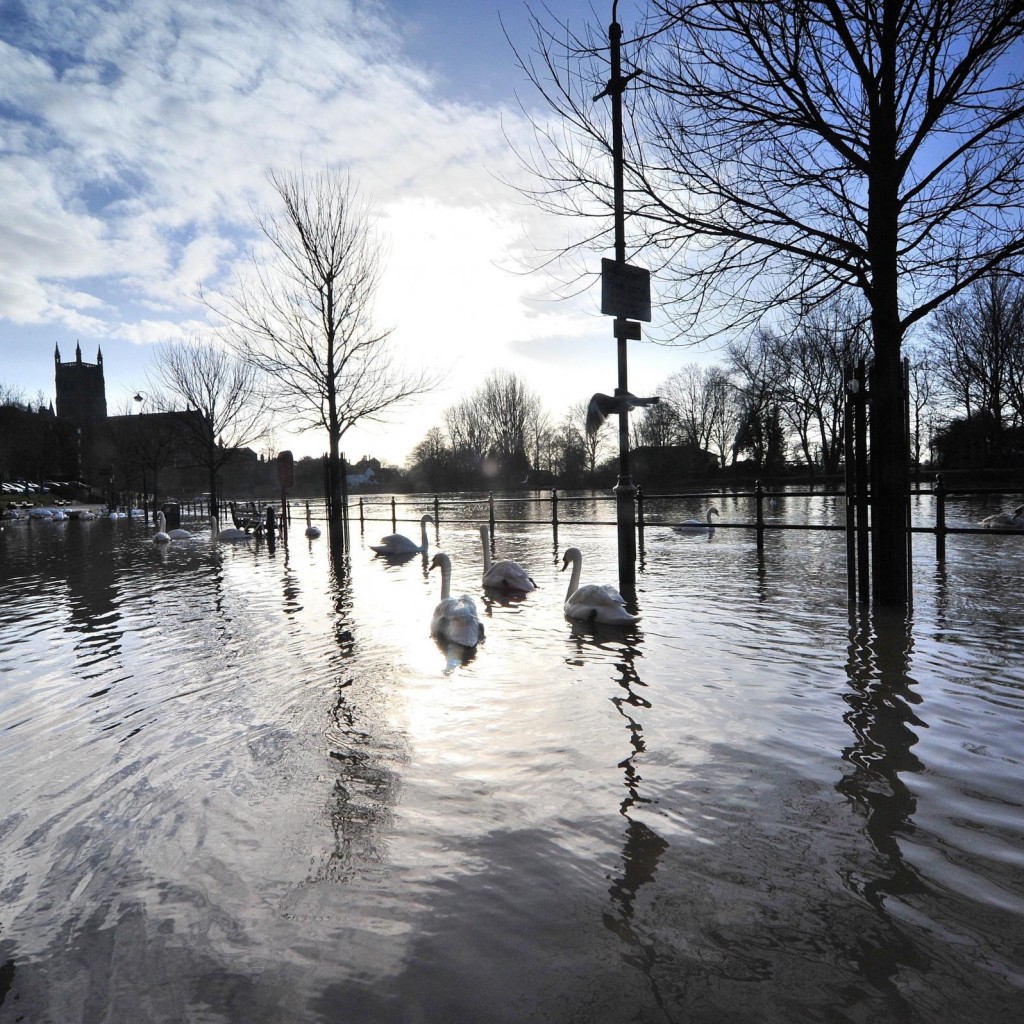
Cleaning Up After a Flood
While our work is geared very much around helping prevent flooding through flood mitigation and drainage strategy we know flooding can and does happen. Our work as flood risk consultants means we have to be aware of what flooding can do and how water behaves when it comes to run off, drainage and more. Cleaning up after a flood is never easy but there are some important steps it is well worth following to help keep you and your family or colleagues safe and to get the job done. Of course there are professional companies that can help and your insurance may cover this but in many cases the property owner at least makes a start after a flood.
Visual Check
Whether you stayed in the building during the flood or you were evacuated or just chose to leave it is really important to conduct a visual inspection before starting the clean up. moving water is very powerful and it can cause damage you may not have thought of. Walls could be dislodged, doors could be damaged, even paving and walking surfaces could have holes or trip hazards. Take a careful walk around to try and see if anything is out of place. If the building is a commercial one take extra care to make sure things are safe before staff come in to help clean up or just to visit and see what their place of work is like after the flooding. If you spot anything that looks like an issue it may be prudent to speak to a professional to find out how dangerous it may be.
Interior Check
Just like the initial visual check it is important to assess how bad the damage may be before starting clean up. Whilst you will be able to tackle some mild flooding it is at this point you may decide to leave it for the professionals. If the flooding was serious you simply will not have the right equipment to remove large amounts of water efficiently enough to avoid long term damage. Check for ceiling damage and anything likely to fall someone. It is rare in these days of mobile phone lights but if it is dark and the power is off do not use a naked flame to see; a gas leak or a build up of methane from raw sewage could be ignited!

Time is of the Essence
Once you have made sure the building is safe speed really is key. Get the water out as fast as possible to prevent damage. Get window open if it isn’t raining and start using any drying equipment you have hired or have the use of. Do not start using domestic or commercial heaters on wet floors without checking with a professional. The faster you can get the mud and water off the carpets and flooring the more likely you are to avoid long term damage.
Carpets
The bottom line is fitted carpets that have been submerged in water will need to be removed and thrown away. However, rugs and the like may be cleanable by professionals so get them out of the water and try to clean the worst of the mud off. Carpet underlay that has got wet also must be pulled up and thrown away. In some cases if only part of a carpet is wet you may be able to salvage it by getting the water up and potentially getting a professional cleaner in.
Furniture
Most furniture can be cleaned and salvaged. Even when wooden furniture has absorbed water it may dry out given time. The key is to get the furniture out and in the air as well as clean off the mud. Using washing up liquid and sponges is hard going but its the best way to do it. Sofas and upholstered furniture may be beyond help depending on how much water has been absorbed. While they may dry the dirt and contaminated water inside will leave residues and maybe smells too. If your mattress got wet then it must be thrown away! Office chairs and desks should all be fine with a wipe down and dry.
Appliances
When it comes to electrical appliances care must be taken. Do not feel tempted to start testing to see if things work when they are wet, it could cause a fire or electric shock among other things. The key here is really to dry everything out and then get a professional to come and test each appliance to make sure they are safe. Anything that clearly didn’t touch any water should be packed up in dry boxes and put somewhere away from any of the clean up to make sure it stays dry and safe.
Clothing
The rules here are wash everything, twice! If it didn’t get wet it would be worth washing anyway. If it got wet then it will need a heavy wash at least twice. You may well have no access to a washing machine so find a launderette and speak to them about the right types of washes they can offer. Once clean storing the bulk of the clothing away from the flooded building is ideal.
Pictures and Evidence
Whether this is an office, shop or home the key during the clean up is to take pictures of everything before you start. Your insurance company may have some issues with your claim if there is no evidence of the damage and you take pictures after the clean up.